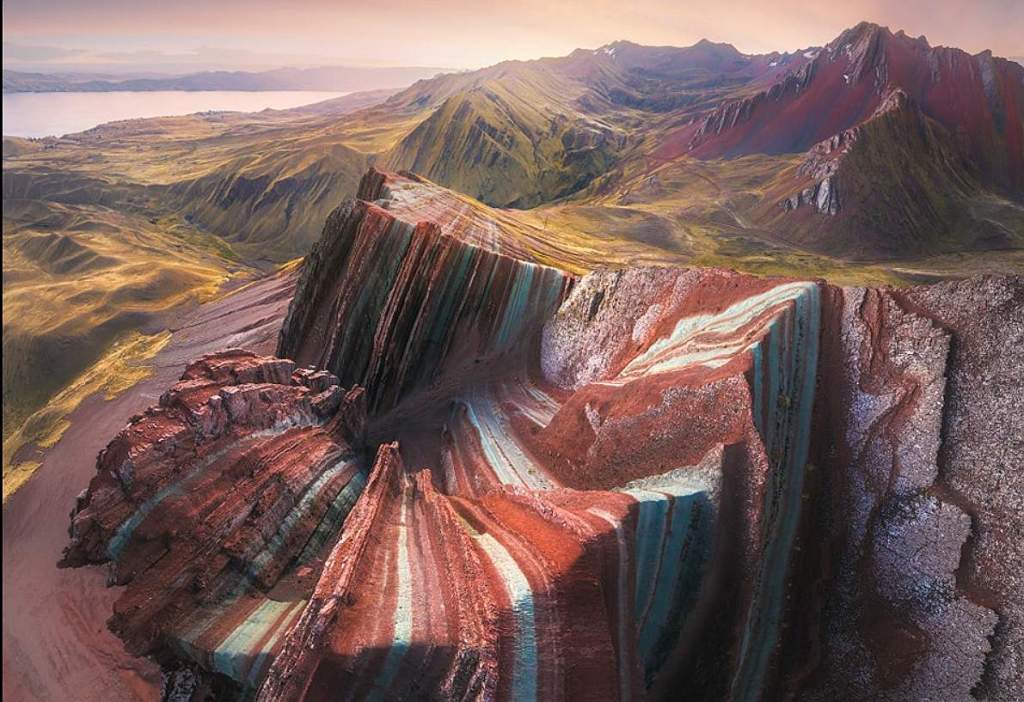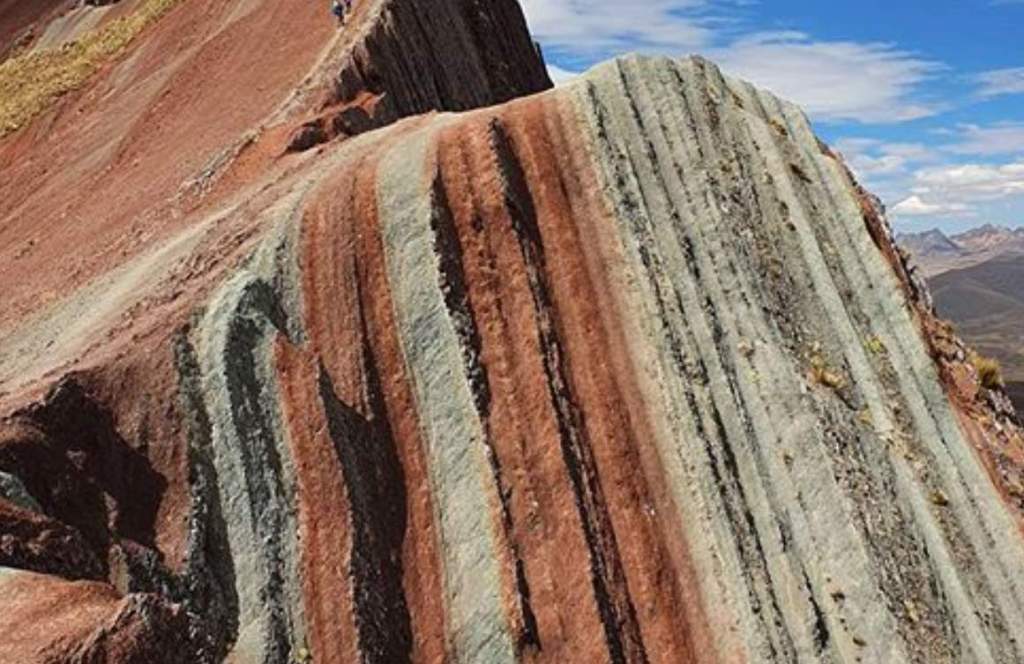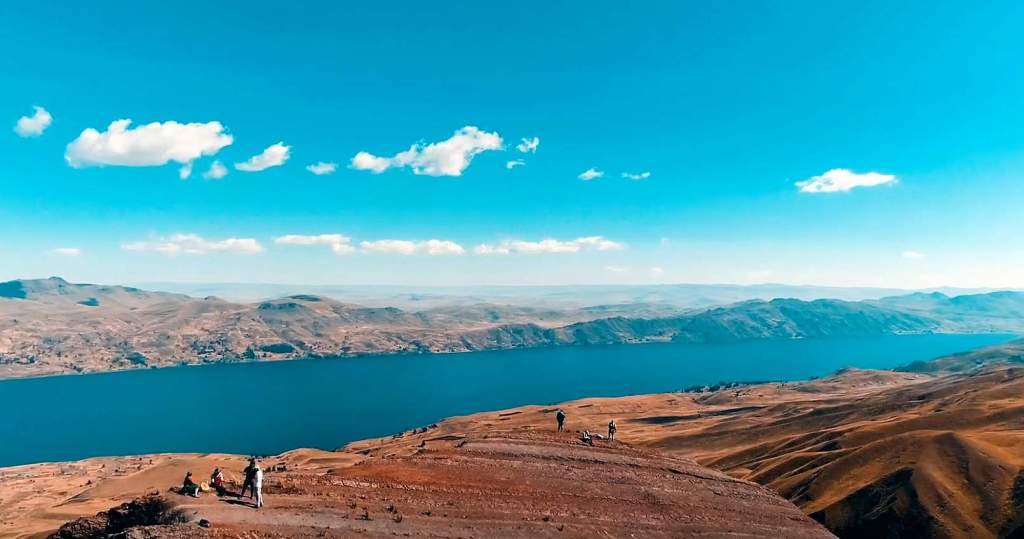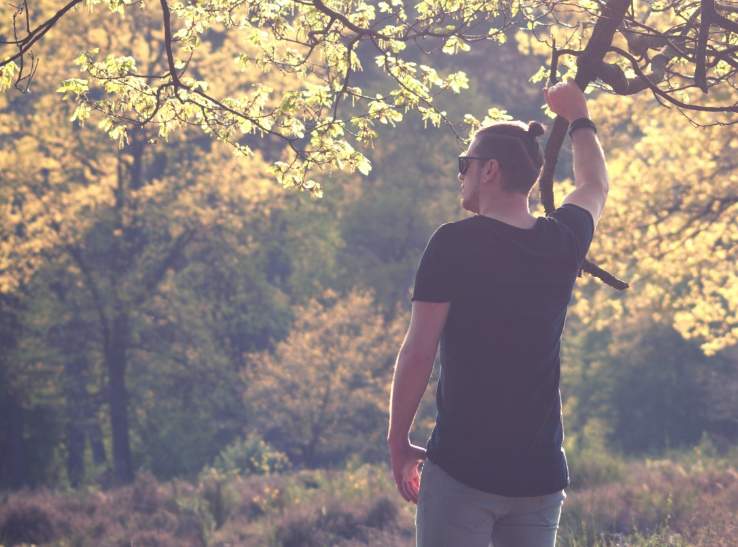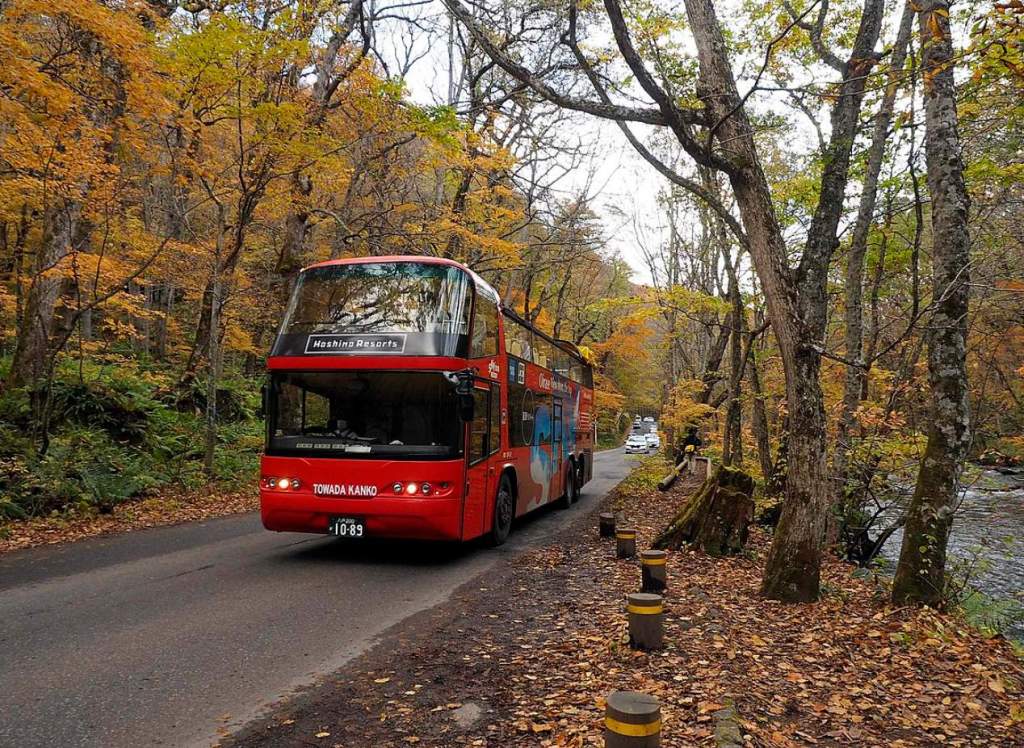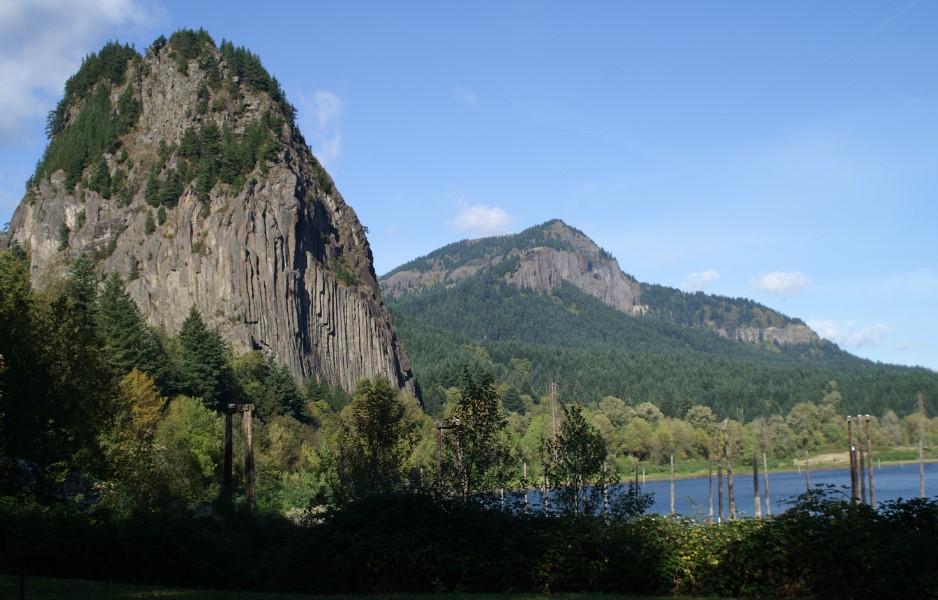Locations & Elevation
From 2020 onward, Pallay Punchu Mountain is the main tourist attraction in Cusco. It is located in the district of Layo in Cusco at an elevation of 4,791 meters above sea level. This place is also called Apu T’akllo Apacheta. This is an area of considerable elevation, adding to the third rainbow mountain would be added to Cusco, a place that can’t be missed.
The local names it, the ‘hill of sharp points’ or ‘Condor sayana,’ which translates from Quechua as “place where the condor rests.” This is an impressive view provided by the diverse pigmentation of the soil, as well as the “Langui” lagoon nearby. Nature’s wonders are evident in the height.
Why is it colored?
Its pink color comes from the red clay, mud-stones (mud), and arillites (sand) that are found in Pallay Punchu Mountain of Apu Tacllo. Quartz sandstone gives it a white appearance. Calcium carbonate-rich limonites and marls produce browns and purples. Clays belonging to the upper tertiary (iron) are responsible for the red color. The green color comes from phyllites and clays containing magnesium ferro. A fanglomerate of manganese-containing rocks from the Quaternary period is responsible for the earthy brown color. Due to the sulfur minerals found in calcareous sandstones, the mustard yellow color occurs.
Weather & Climate
The climate of this mountain is very similar to that of Vincunca (Rainbow Mountain of Peru). Due to the strong winds, it is very cold in most of the Peruvian highlands. Keep in mind, that daytime is bright and sunny, and evenings are cold and windy, with no warmth to be found. We shouldn’t confuse Machu Picchu’s weather with the other tourist destinations in Cusco, Machu Picchu is in the jungle and has a temperate climate most of the year. You should visit this place during the dry season in Cusco. During this time, the mountain visibility is much clearer and colorful from May to October.
Access:
From Cusco, it takes about three hours to reach the destination. The municipality plans to build a road to allow cars to drive as close as possible, but it is still a new place, so access is still difficult. You will walk about 5.3 km, depending on your physical condition, The walk can take between 2 hours and 3 hours. Getting to Pallay Punchu Mountain with an agency involves coordinating with them and going as smoothly as possible.
Read More – Discover Magical Rainbow Mountains China
Trekking recommendations
-
Ideally, you should go after two or three days in Cusco to be well acclimatized to the altitude.
-
The Pallay Punchu Apu Tacllo tour begins in Cusco around 3 or 4 in the morning and ends in the same location after dark (7 or 8 pm).
-
A good level of physical fitness is required to reach the summit of Pallay Punchu.
-
If you need help walking, take a trekking stick or a stick.
-
A hat or cap, a strong sunscreen, and sunglasses with UV protection are all recommended.
-
Make sure you wear trekking shoes that fit your feet.
-
Wear gloves, scarves, chullos, and other light, warm clothing.
-
Travel agencies are better than going it alone
Travel Profile
Those who love hiking, adventure, nature, and landscapes will find it ideal. A person should be between the ages of 12 and 50. Acclimatizing to Cusco’s mountainous geography at least 1 or 2 days before the trip is recommended due to the high altitude and demanding hike. By doing this, you can reduce some symptoms of altitude sickness, which is also referred to as soroche.
Pallay Punchu, what does it mean?
Several investigations have revealed that the multicolored hues of the mountain resemble Peruvian ponchos. An item of clothing that crosses boundaries and time, the poncho is both ancestral and contemporary. Pallay Punchu, is a destination with sharper mountains, unlike Vinicunca. Another attraction is that one of Cusco’s largest lakes (Langui) is situated here, making it a unique and unforgettable experience.
Flora and fauna
There are typical high Andean animals like deer and vicunas here because of this incredible geography. Horses are raised by the villagers in the area so that they can provide transportation to visitors. It is not uncommon to find ‘ichu’ or natural Andean grass everywhere in this region because of its height.
Similarly Themed Tourist Attractions
Seven Colors Mountain, Vinicunca – This is the second only to Machu Picchu in terms of tourist traffic, this summit is among the most popular tourist attractions in Cusco. Approximately more than 1,500 people visit the Vinicunca every day. Seven different colors can be found in its mineral soils. Photographers love this landscape in Peru. During the visit, you will walk for five kilometers. These rainbow mountains begging you to visit once in a life time.
Rainbow Mountain of Palccoyo – Palccoyo is another mountain of colors near Vinicunca. There are many shades of color on the slopes of this mountain. Views of the Andes Mountains are impressive from this mountain. You can walk there in one and half hour from the same town. A day trip can connect Vinicunca to Palccoyo mountain.
The Red Valley of Pitumarca – An incredible landscape is created by the red-clay slopes of this mountain. The town of Pitumarca is just a two-hour walk away. Several Andean camelids, including llamas and alpacas, can be seen on the way. It’s still possible to appreciate the site without a lot of people around due to its low tourist traffic.
Read More – The Mesmerizing Colors of Hormuz Island
